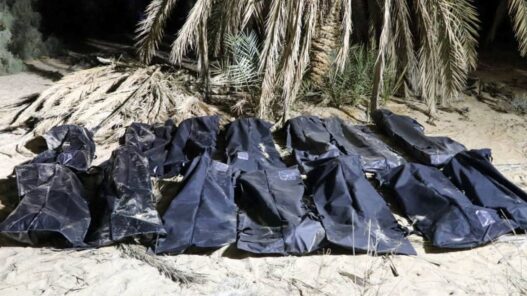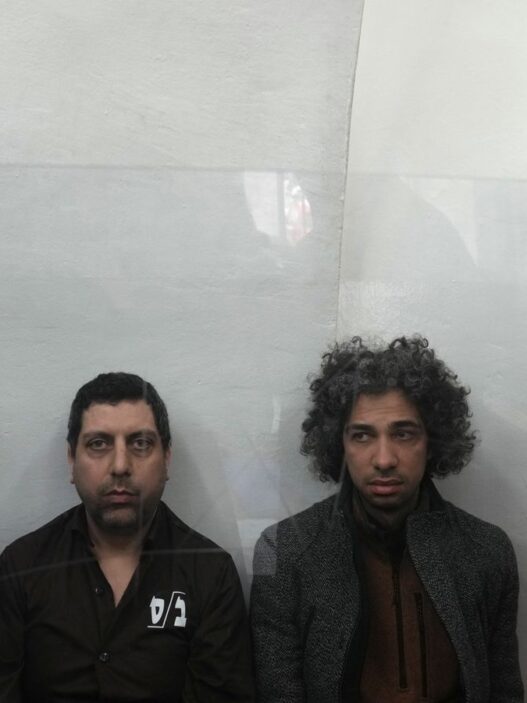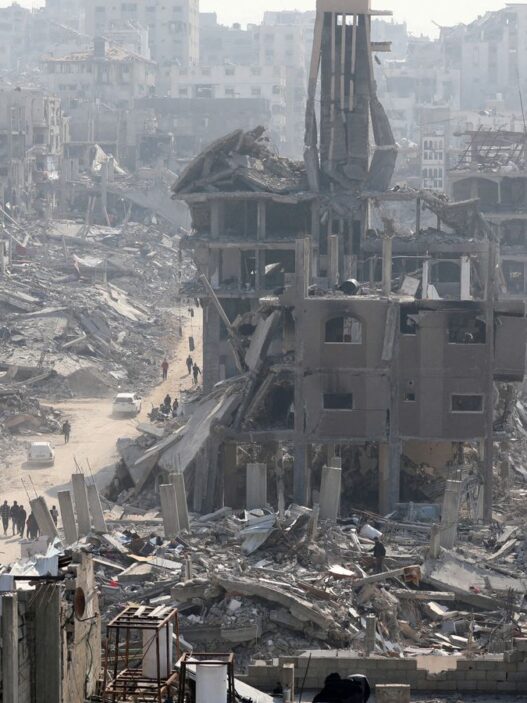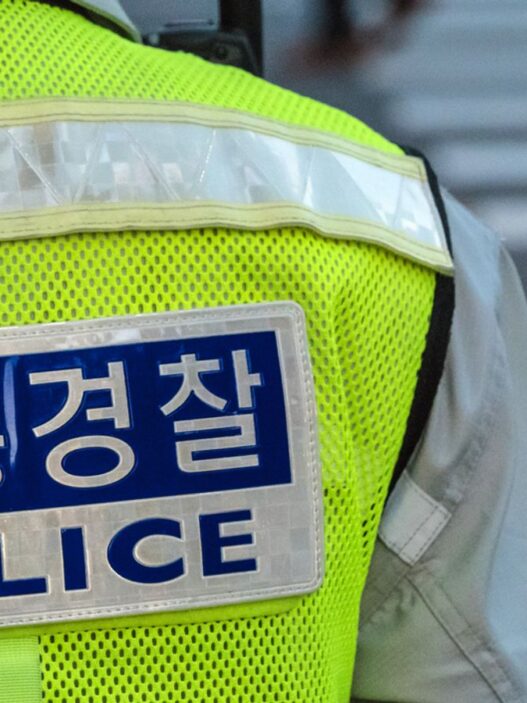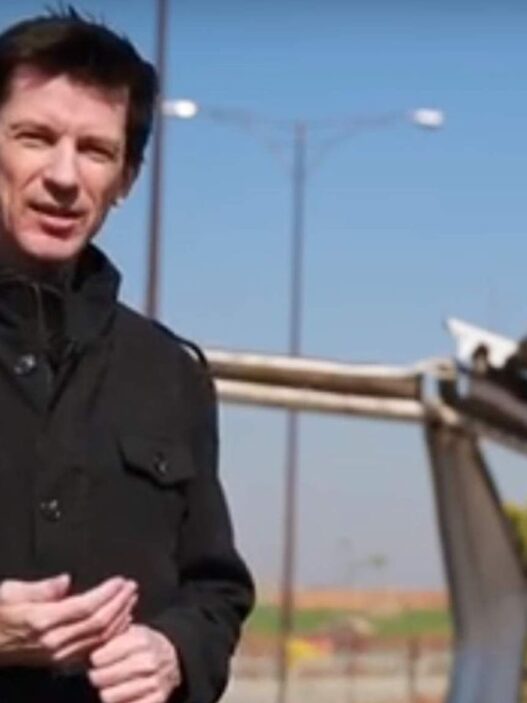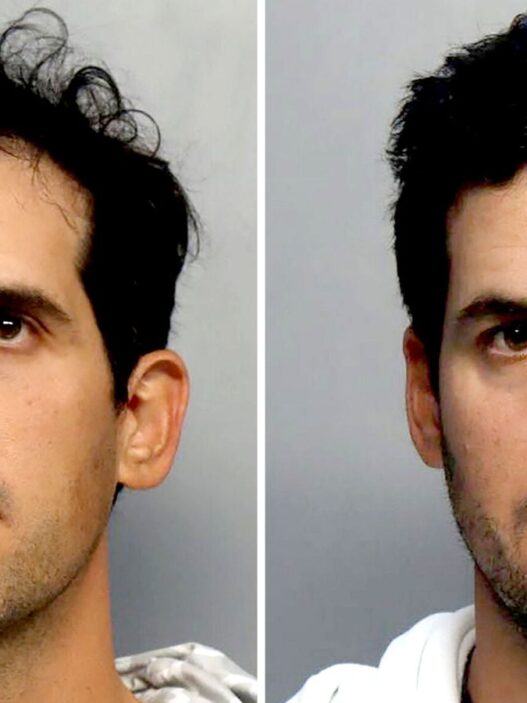
Some of the bodies of migrants found in two mass graves in Libya in recent days had gunshot wounds, the International Organization for Migration (IOM) has said.
Nearly 50 bodies have already been uncovered, with fears authorities may still find more.
On Friday, 19 bodies were found in the first mass grave, according to Libyan authorities, with at least 28 more discovered on Sunday in a second mass grave – both in Kufra, in the southeast of the country.
The IOM, a United Nations agency, said that across the two mass graves, some of the bodies had gunshot wounds.
Al Abreen, a charity which helps migrants in Libya, also said some of the dead were apparently shot and killed.
At the second grave, Mohamed al Fadeil, head of the security chamber in Kufra, said survivors believed there were around 70 people buried there, meaning more bodies were likely to be recovered.
The nationalities of the dead remain unknown.
During the police raids which discovered the graves, 76 migrants were freed “from forced detention”.
“The loss of these lives is yet another tragic reminder of the dangers faced by migrants embarking on perilous journeys,” said Nicoletta Giordano, IOM’s Libya chief of mission.
She added: “Far too many migrants along these journeys endure severe exploitation, violence and abuse, underscoring the need to prioritise human rights and protect those at risk.”
Libya’s attorney general said there had been three arrests during the raid on the second grave – of one Libyan and two foreigners.
It added that the gang allegedly responsible for the trafficking had subjected the migrants to violence and even “tortured” some.
Read more from Sky News:
Ed Sheeran has plug pulled while busking in India
Paris AI summit: Regulation vs innovation
Nationwide power outage blamed on monkey
Traffickers exploit chaos in Libya
Migrants’ mass graves are not uncommon in Libya.
Last year, authorities discovered at least 65 migrants in a mass grave in the Shuayrif region, 220 miles (350km) south of the capital, Tripoli.
The country is a key part of the route for migrants from Africa and the Middle East trying to get to Europe.
Libya was plunged into chaos by a NATO-backed uprising that toppled and killed dictator Muammar Gaddafi in 2011.
The oil-rich country has been ruled for most of the past decade by rival governments in its east and west, each backed by foreign governments and an array of militias.
Human traffickers have exploited the chaos, packing desperate migrants into boats ill-equipped for the Mediterranean voyage to Europe.

